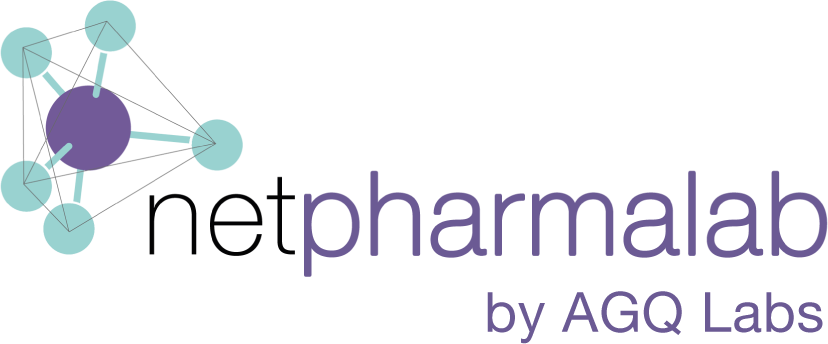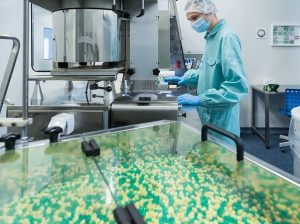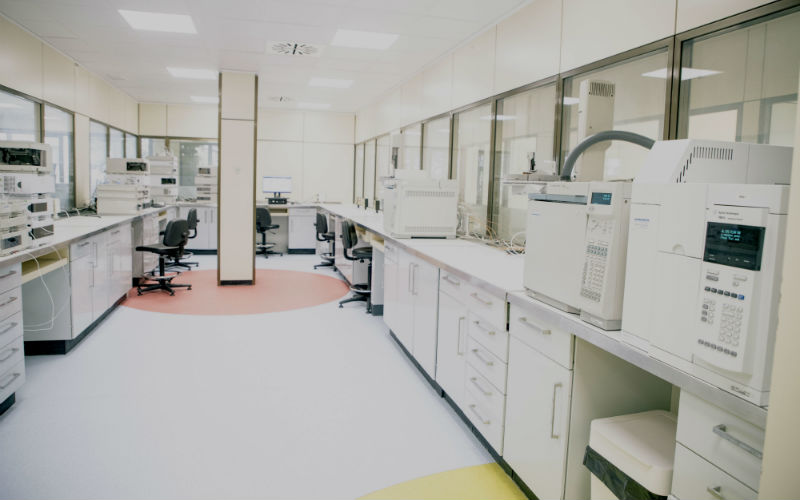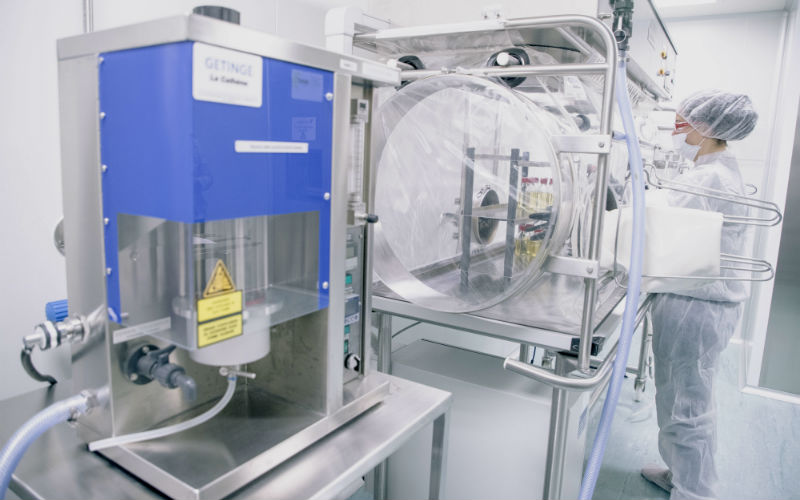After the pandemic, the pharmaceutical industry has experienced a boom that is not exempt from challenges that it must currently solve
Once the COVID-19 pandemic was over, the pharmaceutical industry achieved greater recognition around the world. Not only among the general population, but also for governments and international institutions to allocate funds to the research and development of new treatments, medications and vaccines. The post-covid pharmaceutical industry continued with the advances and pharmaceutical innovation of the pandemic, although with certain limitations.
While it is true that manufacturing in Spain implies a series of positive consequences, in terms of exports and employment, in addition to health guarantees, strategic security and productive investment, the pandemic also brought with it endless opportunities for the pharmaceutical world, although that The positive impact of COVID-19 on the sector has been relegated to the background in the face of high inflation and certain signs of economic recession that are visible internationally.
In this way, and despite the pharmaceutical digital transformation and recovery strategies, the sector has been greatly affected by the increase in costs involved in the production process (supply chain, energy and supplies). This has led to a narrowing of the profit margins of drug producing companies in Spain and the rest of the world.
Spain, reference country for pharmaceutical products export
The data show that in 2022 Spain will consolidate itself as one of the largest exporters of pharmaceutical products. In total, the logistical challenges of the pharmaceutical industry were solved in favor of future pharmaceutical and clinical research, receiving considerable investment for its development. At the same time, basic research, pharmacoeconomics and galenical research gained great importance.
The main recipients of exports of new medicines, vaccines and treatments from Spain have been other European Union countries such as France, Germany and Belgium, as well as non-EU partners such as Switzerland, China and the United States. In 2022, pharmaceutical products worth more than 26 billion euros were exported, which represented an increase in sales of more than 53%.
Main challenges for the pharmaceutical industry
Within pharmaceutical recovery strategies, a wide range of problems facing the sector and research draw attention. The breakdown of the supply chain, generating a global shortage of medicines around the world, is generating adverse effects for the treatment of different pathologies. This is due to logistics and production problems, as well as high demand.
Another important challenge that the pharmaceutical industry faces in its most imminent future is the need for qualified professionals, that is, technicians and intellectuals capable of collecting and updating their knowledge in a certain field. It is very important, as the main opportunity in the pharmaceutical market, to collect and analyze large volumes of data that would provide great advantages to companies in the sector.
Likewise, it must be taken into account that changes in patent laws and legal challenges may affect the pharmaceutical industry’s ability to protect its innovations and recover investments made in R&D.
After COVID-19, pharmaceutical companies must commit to strong pharmaceutical research for the future. Their main challenge is none other than maintaining a constant rate of income, which is why they need to constantly look for opportunities that allow them to strengthen their position and ensure their future.






